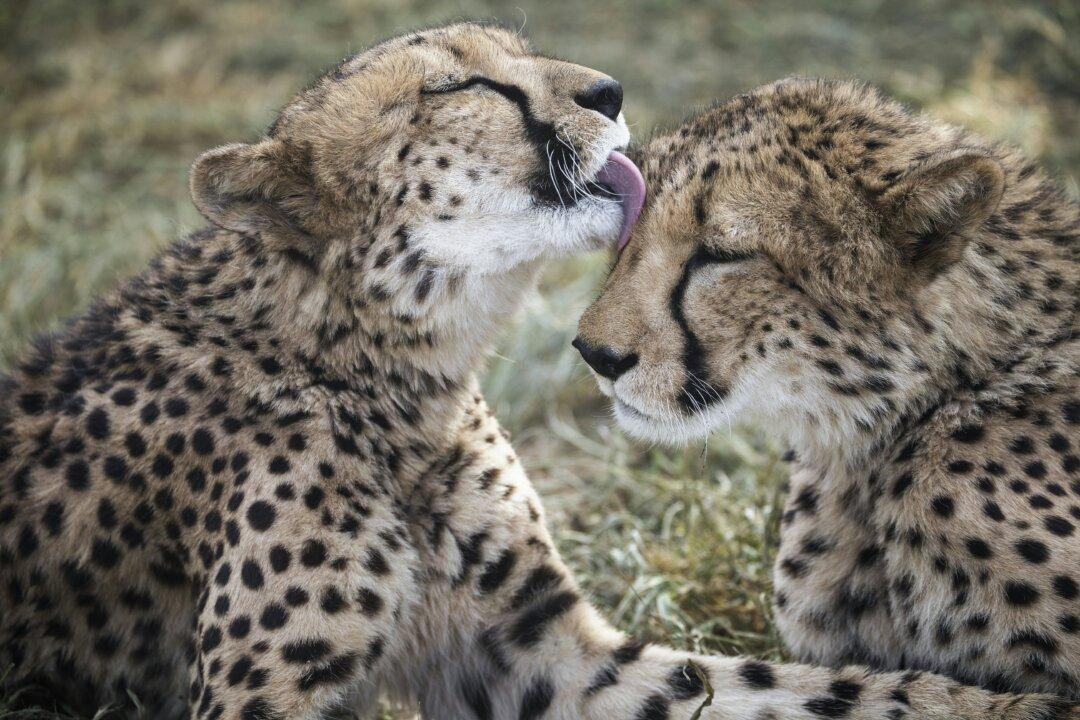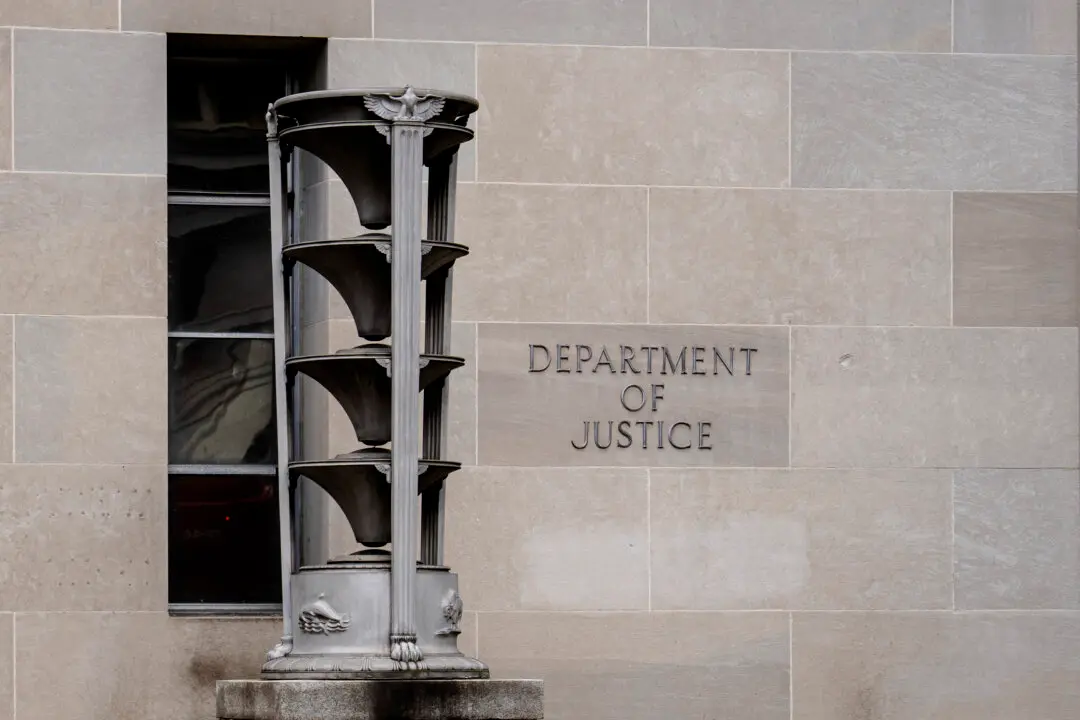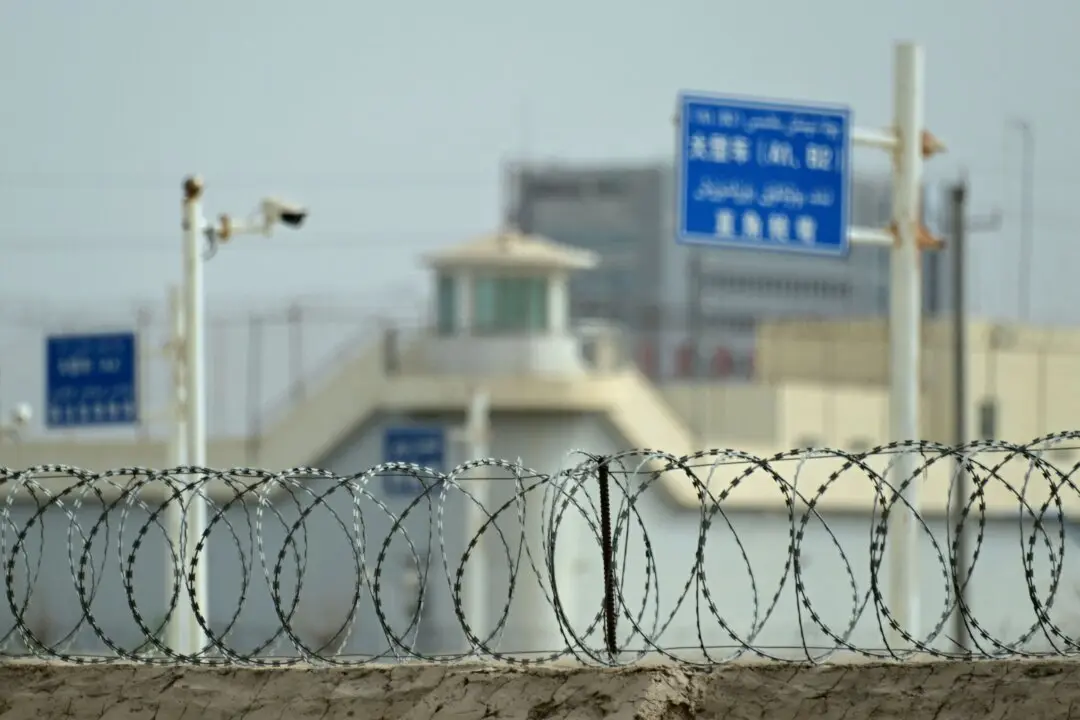India and Namibia have signed an agreement to relocate eight African cheetahs to India in the hopes of seeing wild cats establish themselves in the Asian nation, where Asiatic cheetahs have been declared extinct since 1952 due to over-hunting and habitat loss.
The two countries signed a memorandum of understanding on July 20 to promote the conservation and restoration of cheetahs to the habitat range of the species before it disappeared from recorded sightings.





